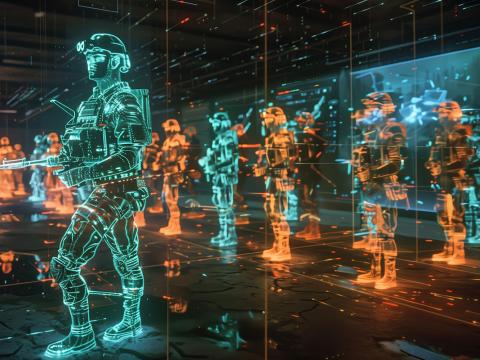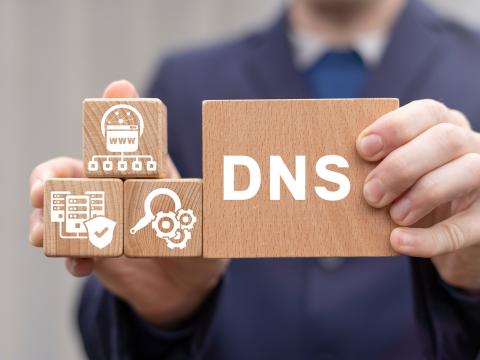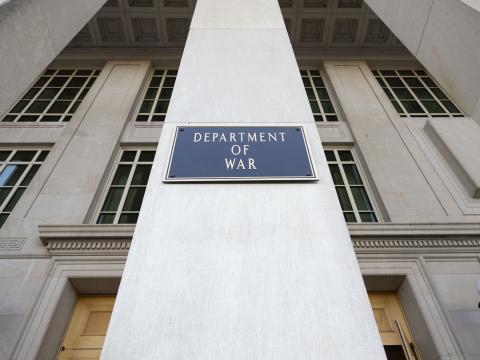Call To Revolutionize the Document Classification Process
One former Air Force leader anticipates that there are a plethora of additional ways that artificial intelligence (AI) and large language models (LLMs) can assist crews in accomplishing their tasks more easily and quickly. These systems can help in so many different areas of the defense industry, from on the battlefield to logistics to the security field, according to Winston Beauchamp, former director of security, Special Program Oversight and Information Protection and Competitive Activities in the Office of the Secretary of the Air Force.
During his opening keynote address on the second day of TechNet Emergence 2025 in Reston, Virginia, Beauchamp listed several areas that are ripe for AI/LLM adoption, but he especially emphasized the significance of evolving the process of classifying documents and transforming security classification guides (SCGs). He recommended that crews digitize this process instead of continuing the ongoing practice of completing this task by hand.
Officials legally must review all classified documents after 25 years to decide whether that information should remain classified or can be declassified. It is currently conducted by experienced officials who read through each page and make the decision based on the SCGs. This practice can take a significant amount of time and effort, and it does not scale, according to Beauchamp. Instead, he would like to see crews adopt automation that gives them the opportunity to safely scan these documents.
The current practice of creating SCGs is underwhelming for several reasons, but Beauchamp stressed that this is because writers are unable to compare their SCGs with other examples due to the fact that they are usually on paper.
Furthermore, some SCGs can return ambiguous readings of documents. For example, these guidelines might determine that certain documents can be unclassified, or they could be top secret, which makes the decision process difficult, according to Beauchamp.
“We want to get rid of all that,” Beauchamp said. “[We want] to take all these things, lay them flat, digitize them, and in the database, identify under what conditions it’s unclassified, under what conditions it’s secret and under what conditions it’s top secret, so that not only can you apply them sensibly when you’re actually trying to implement the program, but that a future user on the operational side can figure out what they need to do to operate on this program, and other programs can figure out what they need to do to interact with the program.”

[We want] to take all these things, lay them flat, digitize them, and in the database, identify under what conditions it’s unclassified, under what conditions it’s secret and under what conditions it’s top secret...
To improve the process of creating these guidelines, crews are starting to use a new AI-based program called Battering Ram, Beauchamp said.
“It takes these paper SCGs, digitizes them and looks at the standard structure and format of an SCG, so you understand what each element is and the way that SCG is written,” Beauchamp said.
The Battering Ram capability is still being constructed, and government officials are also working on awarding contracts to help with its development, Beauchamp said.
Other areas that should adopt AI/LLM are personnel security investigations and acquisition, according to Beauchamp.
TechNet Emergence is organized by AFCEA and supported by the U.S. Department of Defense, The MITRE Corporation and the National Science Foundation. SIGNAL Media is the official media of AFCEA International.





Comments